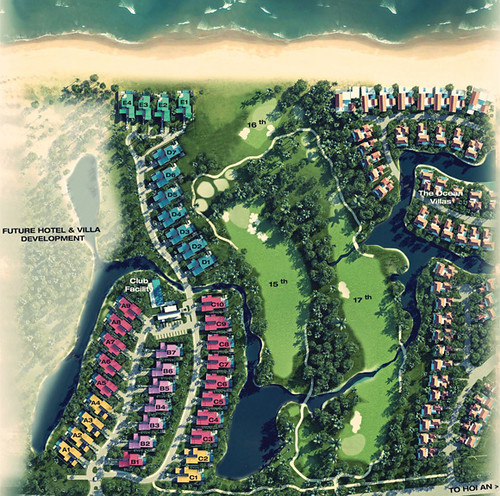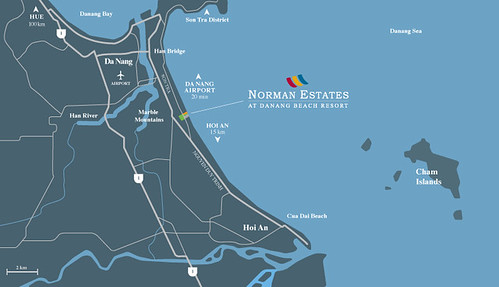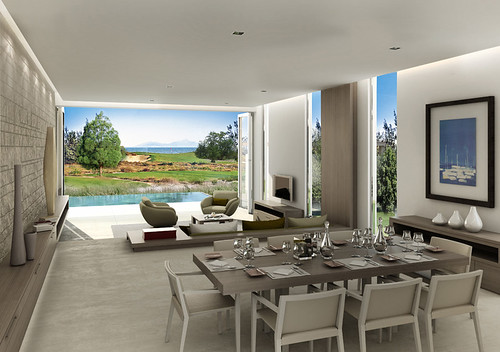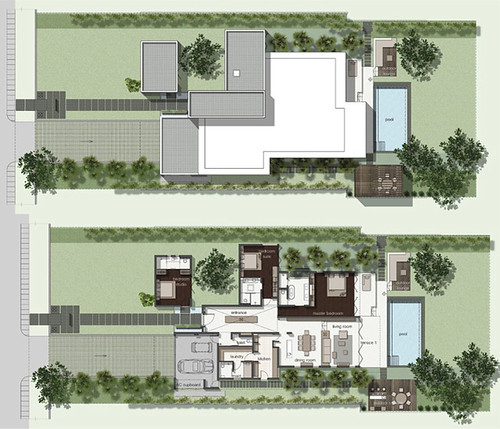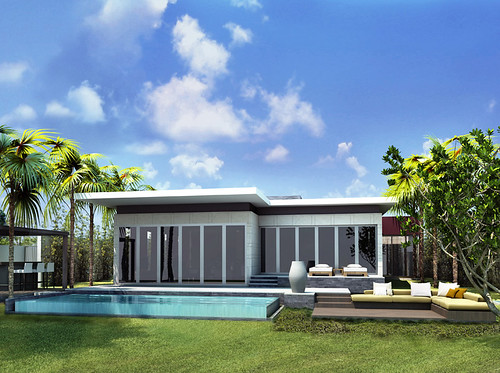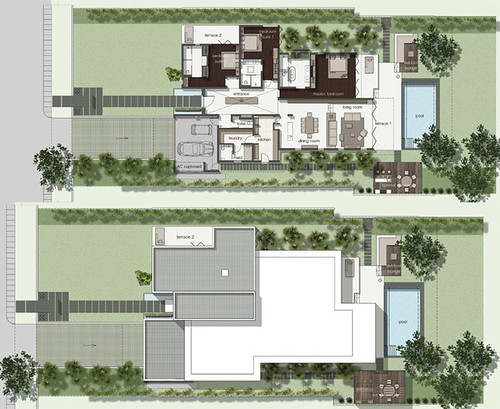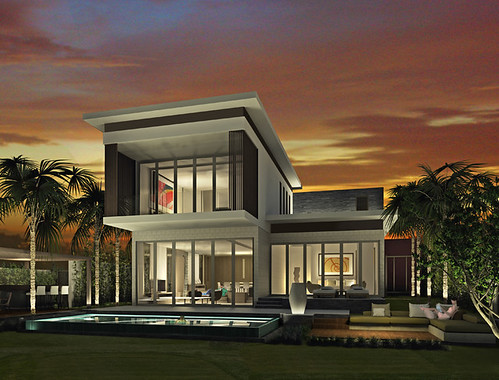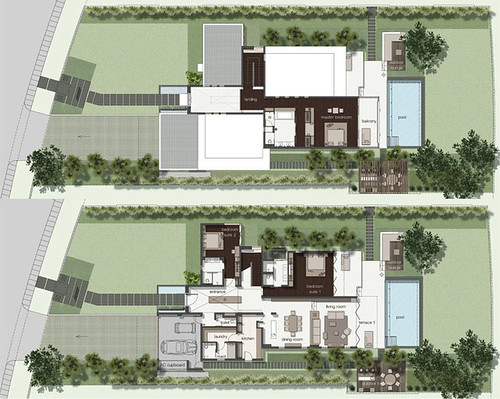
Nguoi-Viet Online



| Friday, 21 October 2011 13:30 |
|
Hiện giờ có nhiều người rất hăng hái trong việc mua nhà. Điều đó không có gì đáng ngạc nhiên! Thị trường hiện nay cung cấp nhiều điều kiện lý tưởng để mua nhà. Lãi suất vẫn ở những mức thấp kỷ lục (dành cho những người có tín dụng xuất sắc). Giá nhà cực kỳ hợp với túi tiền khi được so sánh với lợi tức trung bình trong vùng. Có một số cung lớn lao về nhà cửa trong hầu hết các thị trường (có nhiều nhà để lựa chọn và người mua nắm lợi thế trong những cuộc thương lượng).  Khu gia cư mới được xây cất ở Canonsburg, Pa. (Hình: AP Photo/Gene J. Puskar) Tuy nhiên, các vấn đề vẫn như cũ. Bạn có sẵn sàng để mua nhà hay không? Bạn hãy bỏ ra một ít thì giờ để trả lời mười câu hỏi trong cuộc trắc nghiệm: Tôi có sẵn sàng để mua hay không?
1. Điểm tín dụng của bạn ra sao? (a) Dưới 620; (b) Từ 730 đến 850; (c) Từ 620 đến 730.
2. Bạn có tiền mặt để đặt cọc 20% hay không? (a) Bao nhiêu, tới 20% ư? (b) Có; (c) Chưa có, nhưng chúng tôi đang lo liệu.
3. Bạn có tiền mặt tương đương một quỹ khẩn cấp 8 tháng hay không? (a) Tôi sống từng tháng; (b) Chúng tôi có tiền để trang trải 8 tháng chi phí; (c) Chúng tôi chỉ có tiền tiết kiệm để trang trải một vài tháng.
4. Bạn có được chấp thuận trước để vay một món tiền mua nhà hay không? (a) Tôi nghĩ trước tiên tôi sẽ tìm căn nhà mà tôi thích; (b) Có, và tôi có một bản sao của bức thư; (c) Tôi sử dụng những mẫu được cung cấp trên Internet.
5. Việc làm của bạn: (a) Tạm thời, bán thời gian; (b) Toàn thời gian và chắc chắn; (c) Toàn thời gian, nhưng công ty của chúng tôi đang có những vụ sa thải.
6. Bạn có dự tính ở lại trong thành phố hiện nay của bạn từ 3 đến 5 năm nữa hay không? (a) Tôi sẽ không ở đây lâu như vậy; (b) Có, hầu như chắc chắn; (c) Tôi không chắc.
7. Bạn có nghiên cứu về các ngân sách của người mua hay không? (a) Tôi không có thời giờ để thực hiện những ngân sách phù phiếm; (b) Tôi có một bảng tính cho thấy các diễn tiến khác nhau; (c) Tôi có thực hiện một vài cái, nhưng đã không bỏ ra nhiều thì giờ.
8. Bạn cần khoảng không gian cỡ nào? (a) Tôi muốn một gia trang. Tôi sẽ không chấp nhận dưới mức đó; (b) Chúng tôi chỉ cần trong vòng khoảng 500 feet vuông; (c) Chúng tôi đã suy nghĩ về chuyện đó, nhưng chưa quyết định chắc chắn.
9. Bạn và người phối ngẫu có đồng lòng hay không? (a) Ý tôi là chính; (b) Chúng tôi đã có nhiều cuộc thảo luận dài và đồng ý về hầu hết mọi điểm; (c) Chúng tôi đã nói chuyện, nhưng có những ý kiến rất khác biệt.
10. Tại sao bạn muốn mua? (a) Tôi muốn có một nơi để phô trương; (b) Tôi muốn sự ổn định cho gia đình tôi; (c) Tôi muốn có thể trang hoàng theo ý tôi muốn!
Nếu những câu trả lời của bạn phần lớn là (a), các chuyên viên của chúng tôi khuyên bạn nên chờ một thời gian để tình trạng tài chính của bạn sáng sủa trước khi xúc tiến. Sở hữu nhà là một trách nhiệm tài chánh lớn lao, và với một tỉ lệ thất nghiệp trên 9.0% tại hầu hết mọi nơi trong nước, điều quan trọng là bạn có sẵn ngân quỹ để chăm sóc cho bản thân và gia đình bạn trước khi bạn mua hay không. Nếu những câu trả lời của bạn phần lớn là (b), xin chúc mừng! Bạn có vẻ như một ứng cử viên hàng đầu để sở hữu nhà. Hãy bảo đảm liên lạc với chuyên viên địa ốc địa phương của bạn để được khuyên về bước tiếp theo. Nếu những câu trả lời của bạn phần lớn là (c), bạn đang rất gần để được coi như sẵn sàng để mua. Hãy dành vài tháng tới để kiểm tra báo cáo tín dụng của bạn và sửa chữa bất cứ sai lầm nào. Hãy nói chuyện với các ngân hàng và nhà cho vay và xem bạn đủ điều kiện để hưởng lãi suất bao nhiêu. Hãy khởi sự đặt việc mua nhà lên hàng đầu trong tâm trí của bạn và việc hoạch định tương lai của bạn. Hãy biến nó thành một ưu tiên và nó sẽ xảy ra. Theo Người Việt (n.n.) source Calitoday |

HOA KỲ - Khẩu hiệu phổ biến nhất của thị trường địa ốc từ trước tới nay là “địa điểm, địa điểm, địa điểm.”

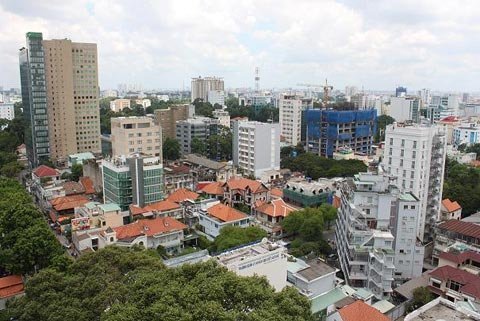 |
| Ảnh: Minh Nguyệt |

Established in November 2007, VNRE's mission is to bring information to the community of foreign investors who are looking for investment opportunities in Vietnam. We provide multi-dimensional information on the investment and business laws... Details about the projects, such as: Residential, Shopping centers, Office buildings, Resorts, Industrial and Infrastructure...
 It is really not easy to access the land areas, because everyone understands the benefits the land areas can bring.
It is really not easy to access the land areas, because everyone understands the benefits the land areas can bring.
 Then came last weeks announcement that Luke Donald’s first foray into design would be the Ba Na Hills project in Vietnam, which we now know is already under construction. Donald, for his part, commented that he was “really happy with how the current design is looking on paper and looks forward to getting on site later this year to further refine the detailed design features.”
Then came last weeks announcement that Luke Donald’s first foray into design would be the Ba Na Hills project in Vietnam, which we now know is already under construction. Donald, for his part, commented that he was “really happy with how the current design is looking on paper and looks forward to getting on site later this year to further refine the detailed design features.”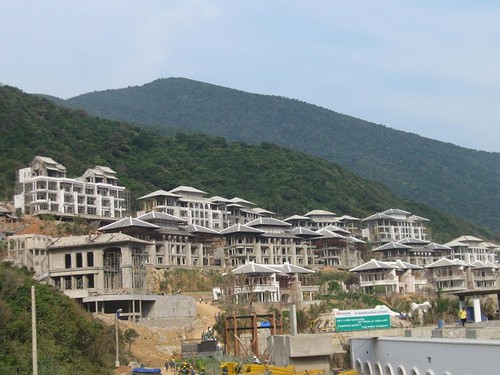
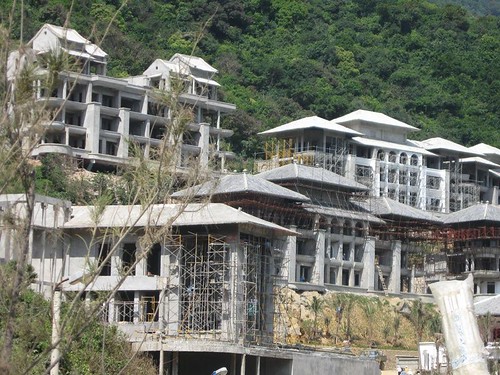
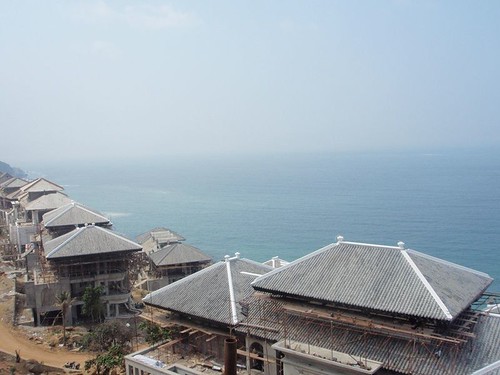
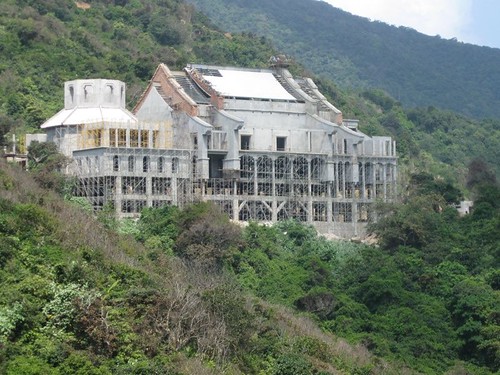
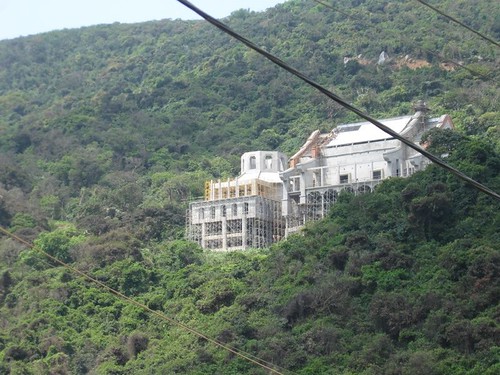
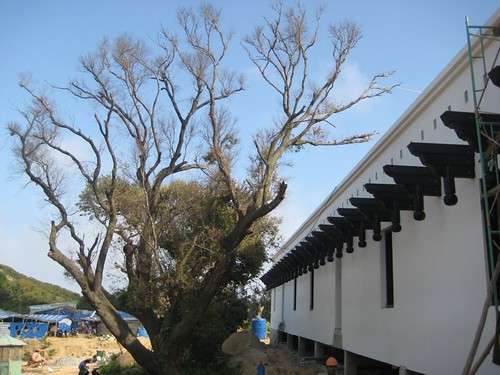

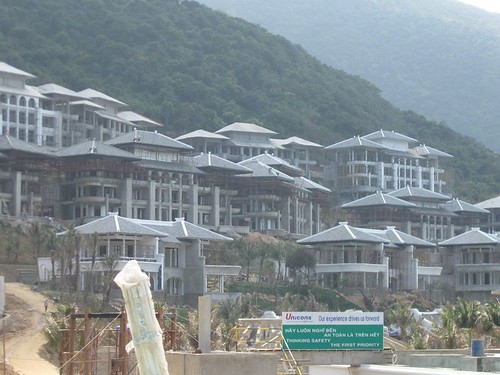
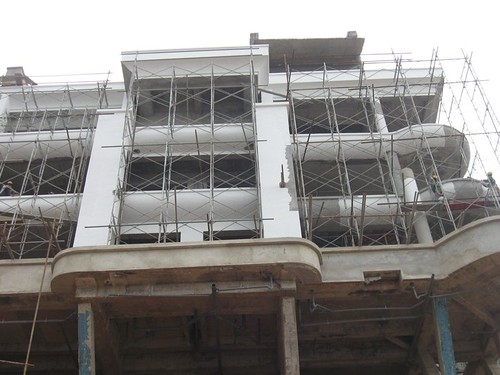

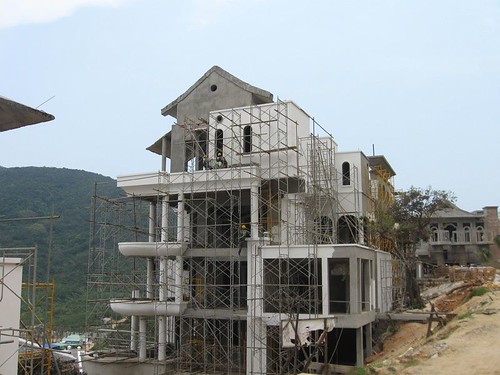
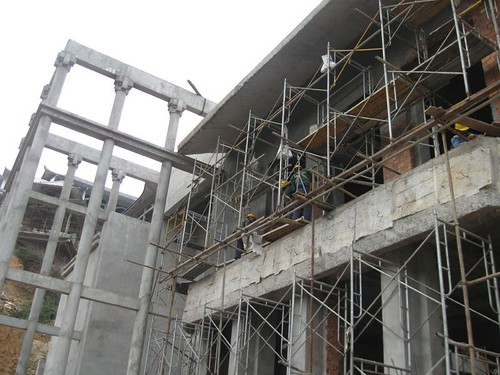
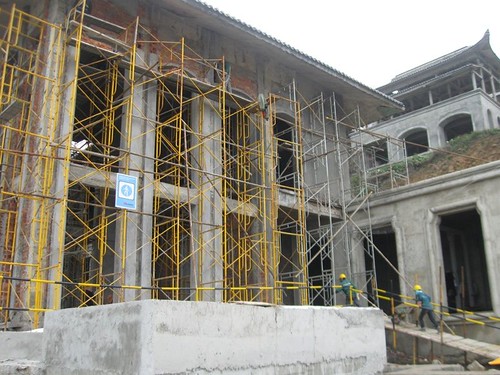
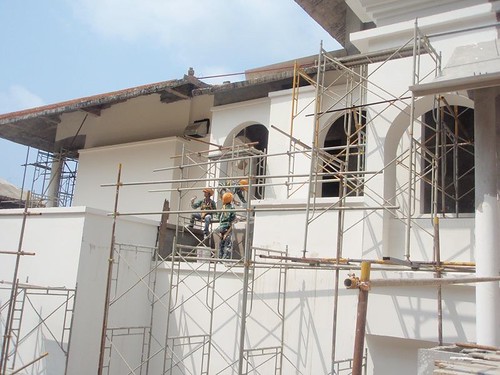


 But the tough market conditions have not deterred a number of developers from launching their projects.
But the tough market conditions have not deterred a number of developers from launching their projects. What's happening in the market shows that the condo segment, especially the luxury apartments, is surrounded with many difficulties. Abundant supply forces most developers to offer incentives to potential buyers, designing different promotion programs to boost their sales. Interest rate support, flexible payments, discounts in cash, a lucky draw for a car or motorbike, and giving savings books and even gold are what developers offer in hopes to quickly clear their stocks.
What's happening in the market shows that the condo segment, especially the luxury apartments, is surrounded with many difficulties. Abundant supply forces most developers to offer incentives to potential buyers, designing different promotion programs to boost their sales. Interest rate support, flexible payments, discounts in cash, a lucky draw for a car or motorbike, and giving savings books and even gold are what developers offer in hopes to quickly clear their stocks.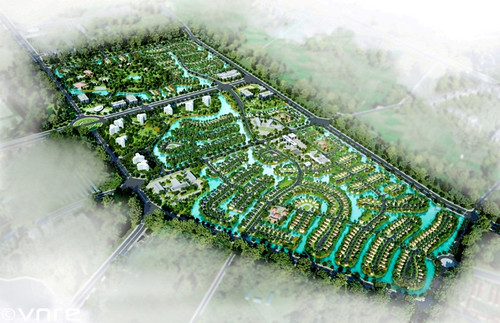
 At his meeting with HCMC vice chairman Nguyen Trung Tin on Monday, Anthony Matheson, CEO and Managing Director of Jardine Matheson Group, repeated a request for prime-site land he made at a meeting with city chairman Le Hoang Quan eight months ago.
At his meeting with HCMC vice chairman Nguyen Trung Tin on Monday, Anthony Matheson, CEO and Managing Director of Jardine Matheson Group, repeated a request for prime-site land he made at a meeting with city chairman Le Hoang Quan eight months ago.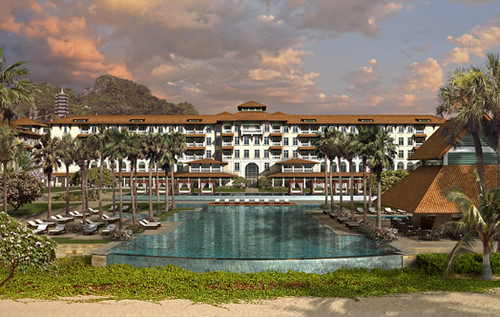
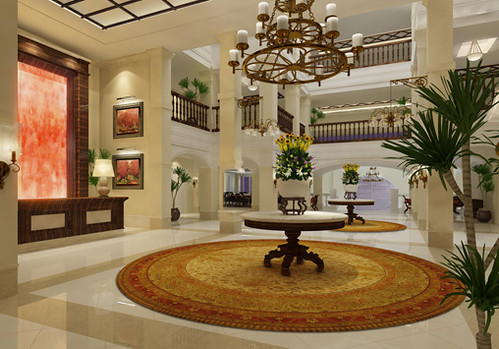


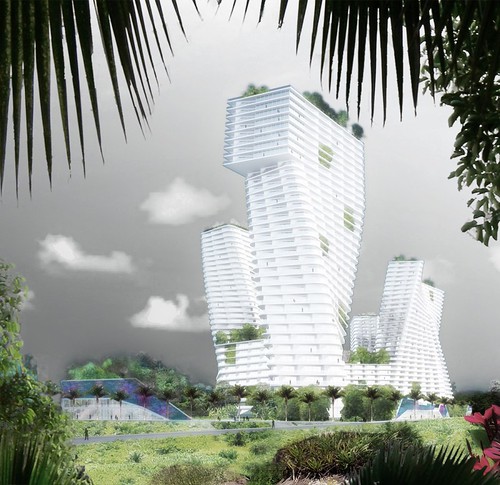

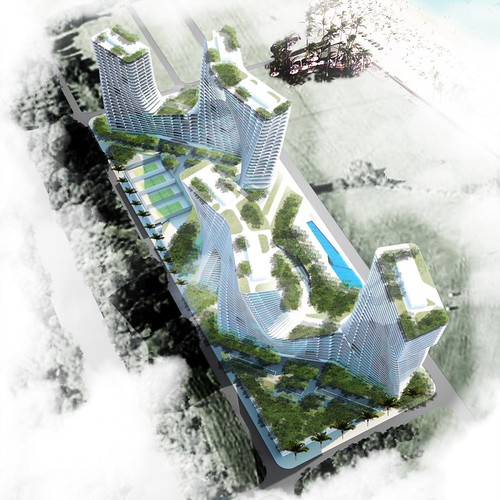
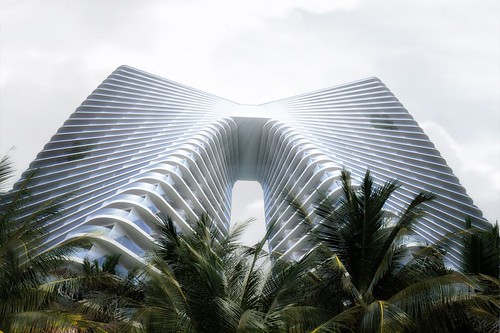
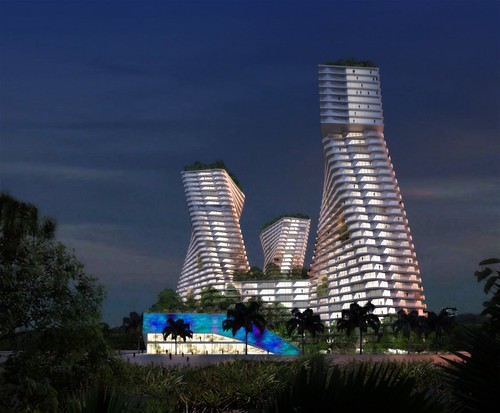
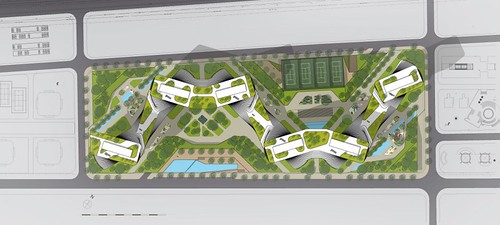
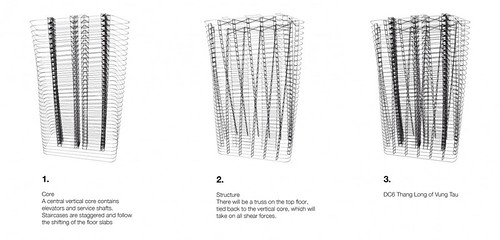



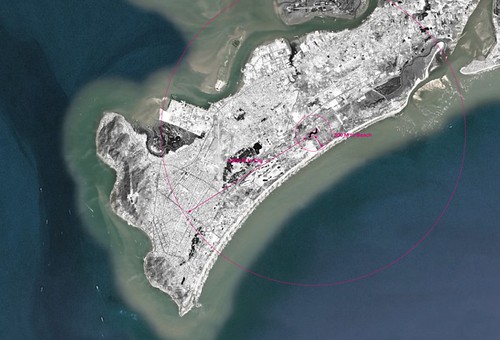

 Sitting room is arranged at center of L-shaped as main axis of the function spaces. With pure Vietnamese materials such as furniture, bamboo blinds, silk pillows, Phu Ly ceramic vase,... to put breath of Asia into the living room as well as all the other rooms.
Sitting room is arranged at center of L-shaped as main axis of the function spaces. With pure Vietnamese materials such as furniture, bamboo blinds, silk pillows, Phu Ly ceramic vase,... to put breath of Asia into the living room as well as all the other rooms.
 In the house, well hole is a unique creation. The walls are Champa Reliefs made elaborately as if they were stripped out from the ruined temples in the forest. Natural light combined with LED light and waterfall bring home a image of deserted tropical forest. The big transparent mirror frame around the well hole makes vivid picture of each storey.
In the house, well hole is a unique creation. The walls are Champa Reliefs made elaborately as if they were stripped out from the ruined temples in the forest. Natural light combined with LED light and waterfall bring home a image of deserted tropical forest. The big transparent mirror frame around the well hole makes vivid picture of each storey.














 Photos courtesy of Nha Dep Magazine & Ngoi Sao.
Photos courtesy of Nha Dep Magazine & Ngoi Sao. Land prices in many construction projects are falling, with those on the black market in Kim Chung-Di Trach new urban area along Highway 32 falling below 10 million (US$476) per square metre.
Land prices in many construction projects are falling, with those on the black market in Kim Chung-Di Trach new urban area along Highway 32 falling below 10 million (US$476) per square metre. Located in Binh Xuyen district, Vinh Phuc province (50km from Hanoi), the 308 - hectare Ba Thien 2 project is owned by Vina-CPK Company Ltd, a joint venture between VNI and CPK Vinh Phuc JSC.
Located in Binh Xuyen district, Vinh Phuc province (50km from Hanoi), the 308 - hectare Ba Thien 2 project is owned by Vina-CPK Company Ltd, a joint venture between VNI and CPK Vinh Phuc JSC. The funds will invest in commercial and mixed-use properties in China, Vietnam and Japan.
The funds will invest in commercial and mixed-use properties in China, Vietnam and Japan.
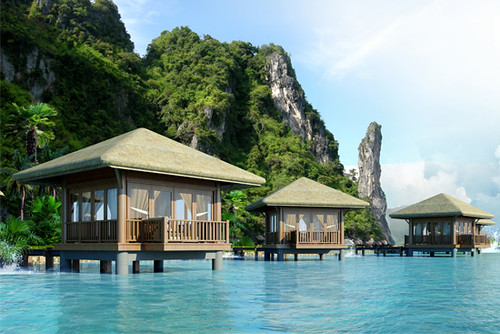

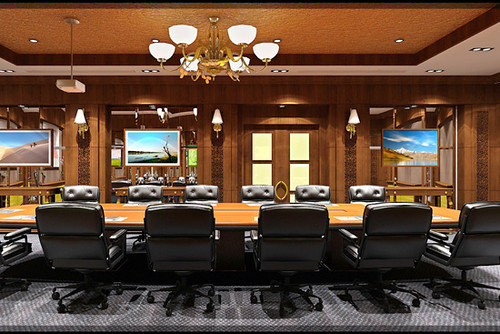


 For this occasion during the period from 01 June 2011 to 30 November 2011, Vinpearl Luxury Nha Trang is pleased to offer a “Special Opening Offer” for guests that book reservations before 30 June 2011.
For this occasion during the period from 01 June 2011 to 30 November 2011, Vinpearl Luxury Nha Trang is pleased to offer a “Special Opening Offer” for guests that book reservations before 30 June 2011. Thanks to having developed large-scale theme parks, some countries have become more popular in tourists’ hearts and minds, attracting thousands of visitors every year.
Thanks to having developed large-scale theme parks, some countries have become more popular in tourists’ hearts and minds, attracting thousands of visitors every year. The apartment market was very buoyant in 2007. During that time, apartments sold as soon as construction on them started.
The apartment market was very buoyant in 2007. During that time, apartments sold as soon as construction on them started. In the opinion of Ministry of Construction, these measures will keep the market under control, resist speculation and price increase, stabilize the market, truly reflect market’s supply and demand capacity as well as avoid shocking and freezing the market which creates negative impacts on credit system and social life.
In the opinion of Ministry of Construction, these measures will keep the market under control, resist speculation and price increase, stabilize the market, truly reflect market’s supply and demand capacity as well as avoid shocking and freezing the market which creates negative impacts on credit system and social life. The full-day conference will take place at the Rex Hotel with the theme “Modern Entertainment Investment Inspires the Next Development,” said Ms. Nguyen Xuan Tra Mi, general director of Great For Business Co.
The full-day conference will take place at the Rex Hotel with the theme “Modern Entertainment Investment Inspires the Next Development,” said Ms. Nguyen Xuan Tra Mi, general director of Great For Business Co.
